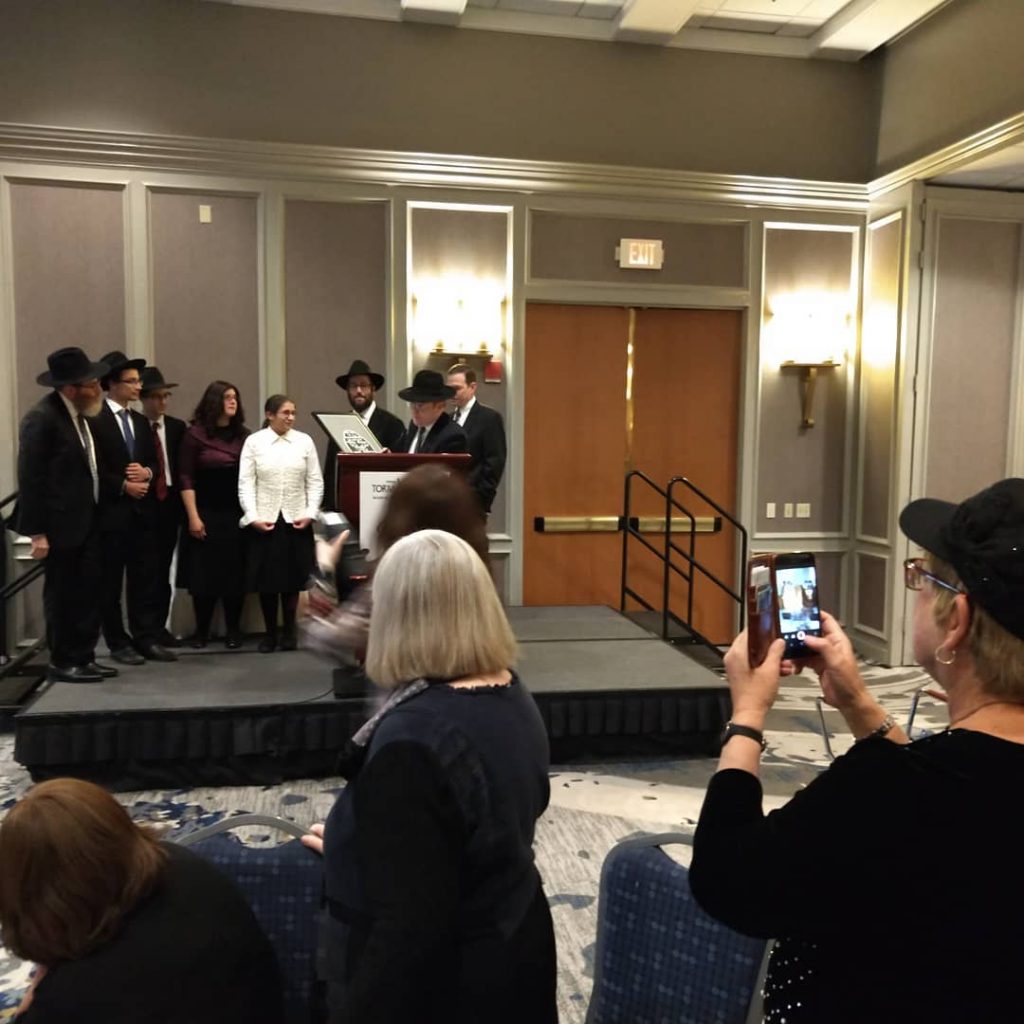Working on Integrations
I am trying to decide how far I want to go. For example, in addition to actual coordinates, I have a property for my location that allows for the following options: At Home, Just Left Home, At Work, Just Left Work, Just Arrived Home, Away, and Extended Away. do I want to actually identify where I am, either with granular or general location just because I can? Or do I just want to add context to a post when I’m saying something else.
There are lots of other integrations I’m looking to do, for various reasons. There is a lot of data I’d like to store in my site that you won’t be able to see, for historic and future purposes.
This is a problem people may have solved on other sites, but I’m trying to solve it for myself. Especially since anything I post on my site is syndicated elsewhere.
Part of this is an opportunity to improve audio post presentation on my website, so you will see audio posts improve over time.
IndieWebCamp Baltimore 2018 is a gathering for independent web creators of all kinds, from graphic artists, to designers, UX engineers, coders, hackers, to share ideas, actively work on creating for their own personal websites, and build upon each others creations.


